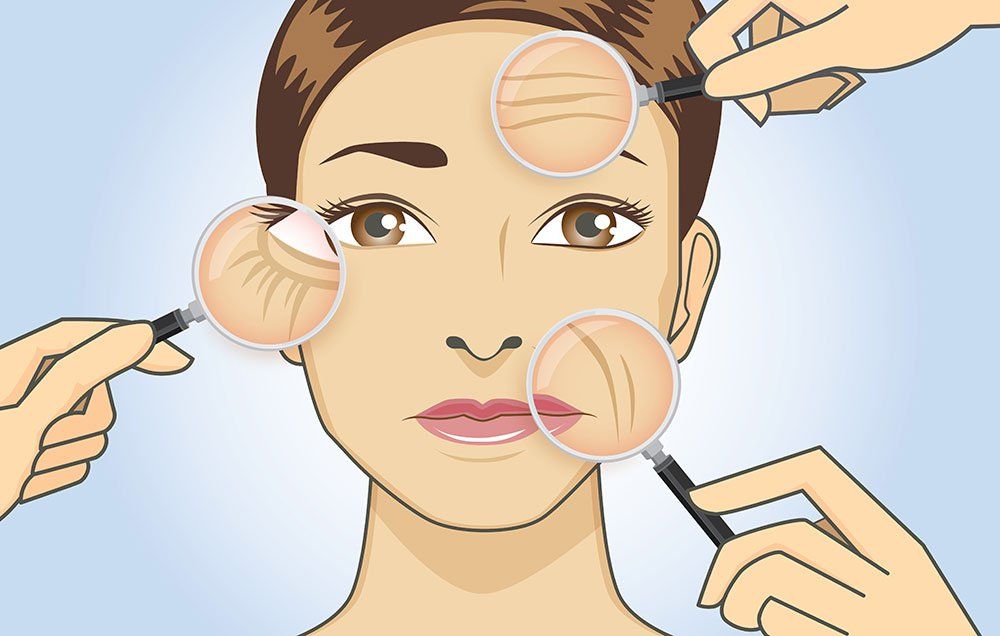Exploring the most up to date Advancements in Dermatology: Mohs Techniques for Efficient Skin Cancer Cells Treatment
In the progressing landscape of dermatology, Mohs surgical treatment has become a groundbreaking method in dealing with skin cancer. This technique, understood for its precision and effectiveness, has transformed the domain, providing a sign of hope for individuals with basic and squamous cell carcinomas. As we unbox the complexities of this procedure and its side over standard therapies, one can not assist but ponder the transformative possible Mohs surgical procedure holds for the future of skin cancer cells therapy.
Understanding the Fundamentals of Mohs Surgical Procedure
A significant number of individuals globally are significantly transforming to Mohs surgical procedure for skin cancer treatment. The efficacy of Mohs surgery is impressive, flaunting the highest possible success price among treatments for skin cancer, with a reported five-year remedy price of up to 99% for new cancers.
The Introducing Function of Mohs Surgical Treatment in Dealing With Skin Cancer Cells
In spite of the myriad of skin cancer treatments available today, Mohs surgery holds an unique pioneering function. Created by Dr. Frederic Mohs in the 1930s, this procedure has revolutionized the area of dermatology by providing the greatest cure price for skin cancer individuals. Mohs surgical treatment is specifically reliable in dealing with hostile and reoccuring cancers, making it a favored selection for skin cancers cells situated in cosmetically sensitive or functionally vital locations.

The Treatment: A Step-by-Step Failure of Mohs Surgical Procedure
Going through Mohs surgical procedure involves a thorough, step-by-step procedure created to eliminate skin cancer cells while maintaining healthy and balanced tissue. Each layer is thoroughly analyzed under a microscope to inspect for cancer cells. Unlike traditional techniques, Mohs surgical procedure permits the specialist to accurately establish when the cancer has actually been totally gotten rid of, reducing the need for extra therapy.
Trick Perks of Opting for Mohs Surgery: Effectiveness and Accuracy

Mohs Surgical treatment vs. Conventional Skin Cancer cells Treatments: A Relative Evaluation
The relative analysis in between Mohs surgical treatment and typical skin cancer cells treatments necessitates a thorough understanding of both methods. The initial component of the examination will translate the procedure of Mohs surgery, complied with by an exploration of standard treatments. The last element of the contrast will focus on the efficiency of each method, giving a clear contrast between Mohs and traditional treatments.
Understanding Typical Therapies
Clients battling skin cancer typically challenge an overwelming variety of Bonuses treatment alternatives. Standard treatments mainly include medical excision, cryotherapy, radiation, and topical chemotherapy. In surgical excision, the cancerous cells is reduced out together with some bordering healthy and balanced skin. Cryotherapy makes use of severe cool to kill cancer cells, while radiation therapy uses high-energy rays to ruin them (hair loss). Topical chemotherapy includes applying a cream or gel straight onto the skin cancer cells. While these treatments can be efficient, they might also cause scarring, discomfort, and in many cases, reappearance of the cancer. The choice of treatment requires a careful equilibrium between getting rid of the cancer extensively and maintaining as much healthy and balanced skin as possible. The following section will certainly check out the Mohs surgical procedure, a strategy that aims to attain this equilibrium.
Decoding Mohs Surgery
One such development is Mohs surgery, a specialized treatment that excels in dealing with specific kinds of skin cancer. Unlike standard therapies that commonly get rid of added healthy skin around the tumor, Mohs surgical treatment is an exact strategy that involves getting rid of skin cancer cells layer by layer while taking a look at each layer under a microscopic lense up until no cancer cells remain. Mohs surgical procedure is not appropriate for all skin cancers and patient problems, thus necessitating a cautious assessment by skin specialists.
Efficacy Comparison: Mohs vs. Standard
While both Mohs surgical procedure and conventional skin cancer cells treatments have their qualities, a comparative evaluation discloses distinctive differences in efficiency. The Mohs strategy, involving the removal of one skin layer at a time, has revealed higher remedy prices for both main and reoccurring skin cancers. Individual viability, cancer type, and location considerably influence treatment outcomes.
Accepting the Future: The Growing Adoption of Mohs Surgical Treatment in Dermatology
In the last few years, making use of Mohs surgical procedure in the field of dermatology has actually seen a remarkable surge. This expanding adoption is credited to the treatment's high treatment prices, specifically for basic cell carcinoma and squamous cell carcinoma, one of the most usual kinds of skin cancer cells. Mohs surgical treatment supplies the benefit of maintaining healthier tissue why not try this out than conventional techniques, making it a favored selection for dealing with cancers in cosmetically sensitive locations - hair loss. As skin specialists become extra knowledgeable and comfy with the method, its use is expected to proceed broadening. However, the demand for details training and sources can pose obstacles to widespread fostering. Regardless of this, the future of dermatology seems to be welcoming Mohs surgical procedure as a key tool versus skin cancer cells.
Verdict
In summary, the improvements in Mohs surgery methods have changed skin cancer i was reading this treatment in dermatology. The treatment's accuracy in removing malignant skin layers while saving healthy and balanced cells has shown its efficiency, leading to high treatment prices and reduced reappearance. Provided its superiority over standard approaches, the fostering of Mohs surgery is expected to expand, placing it as the future of reliable skin cancer cells therapy.